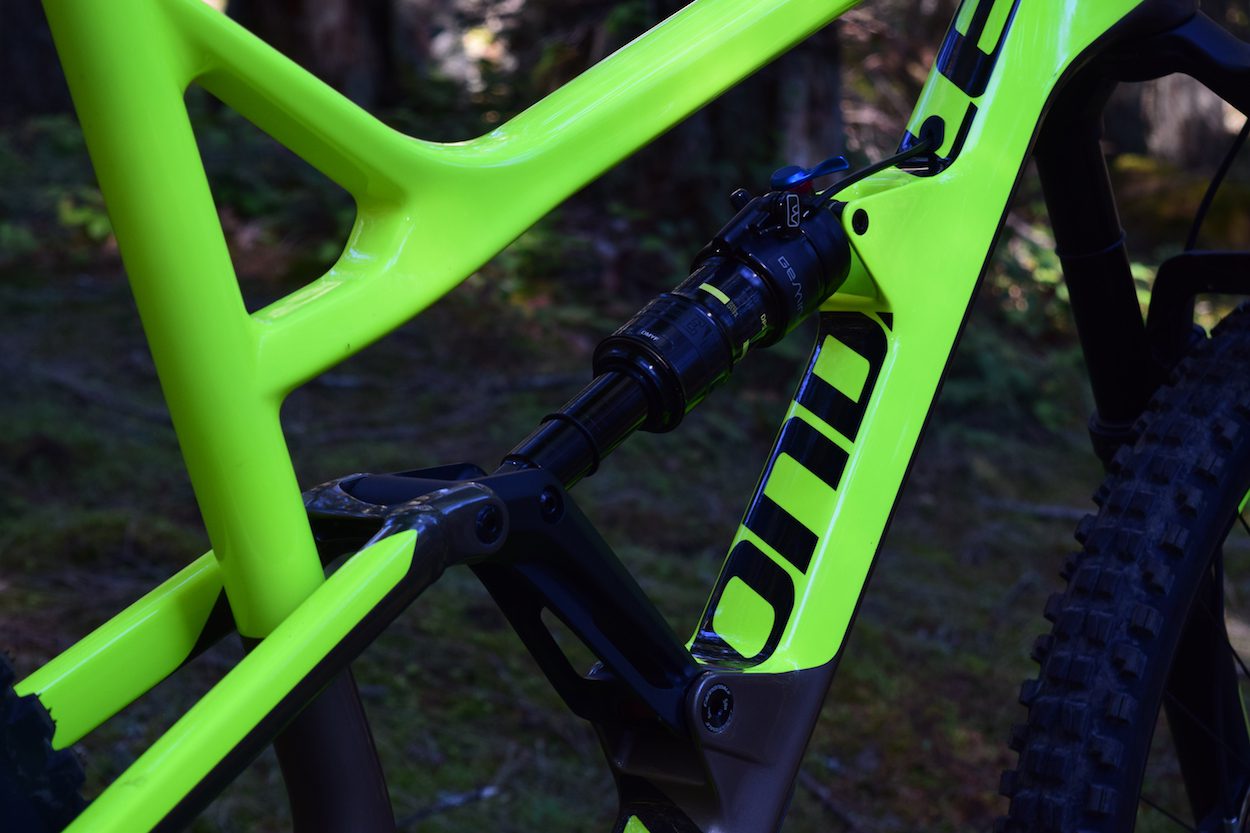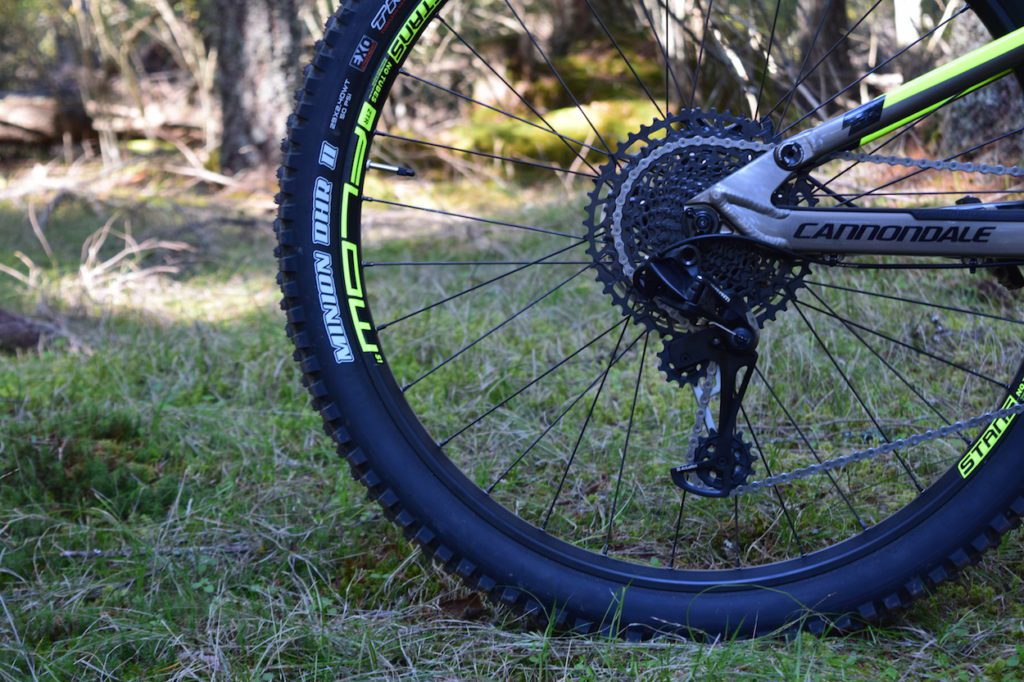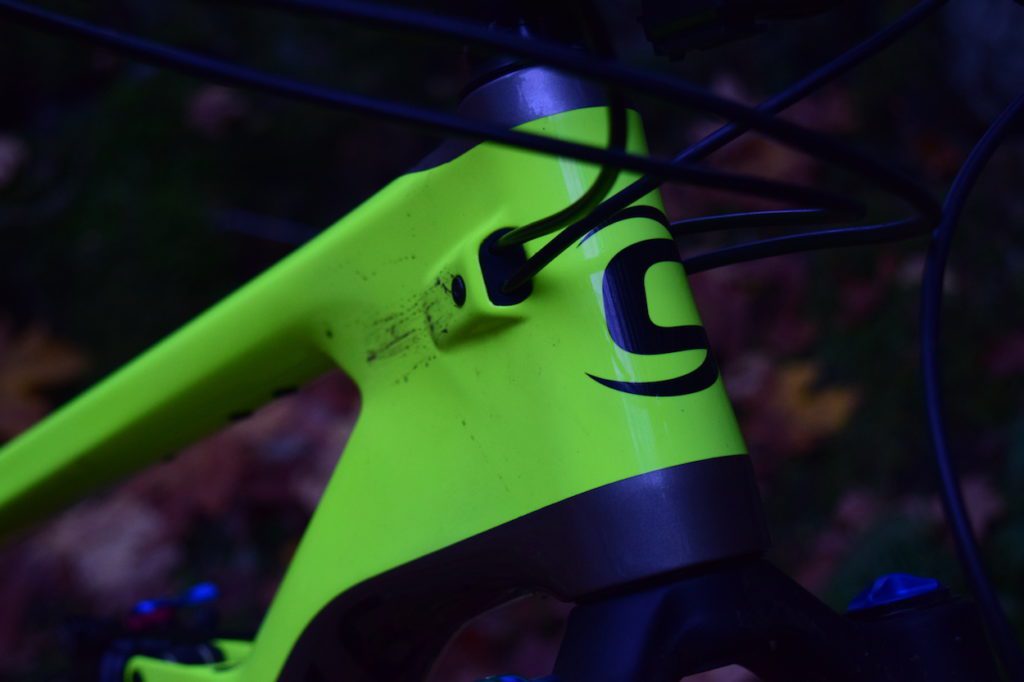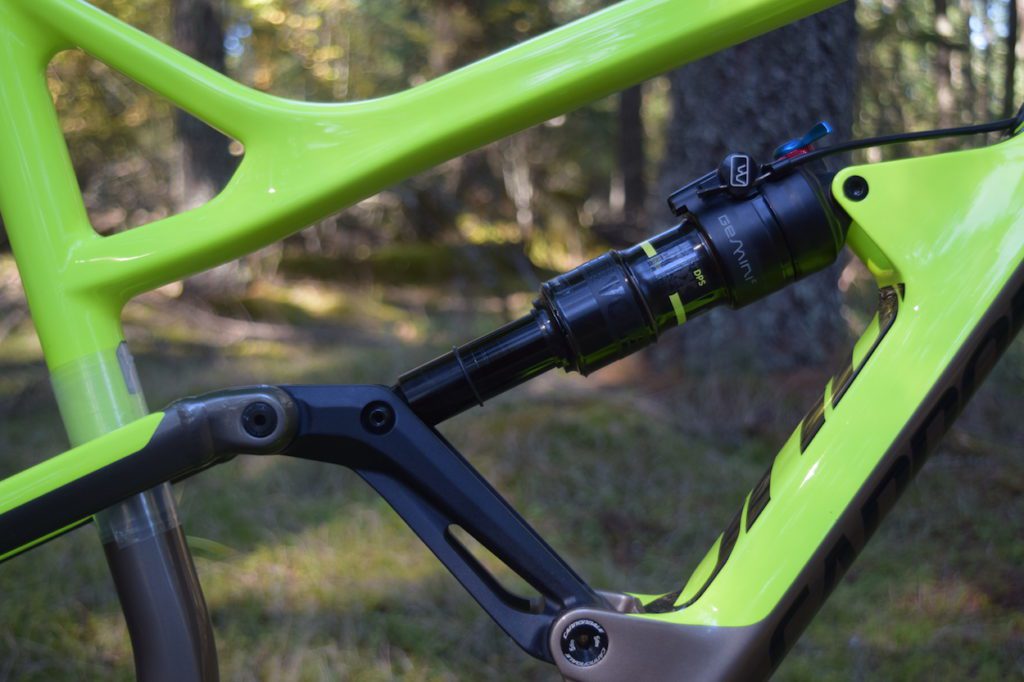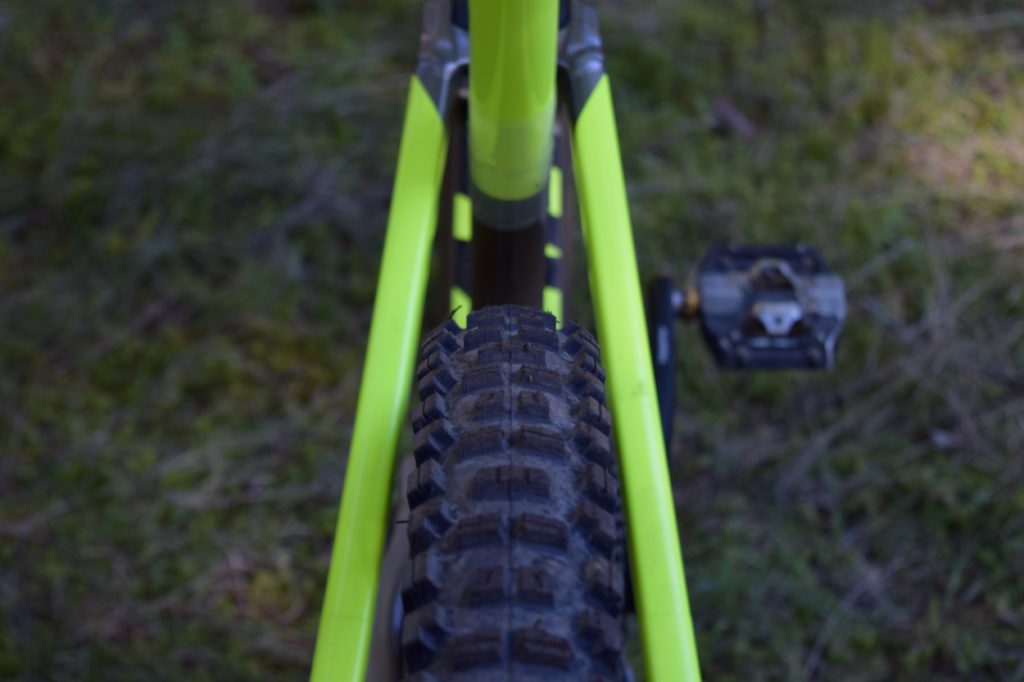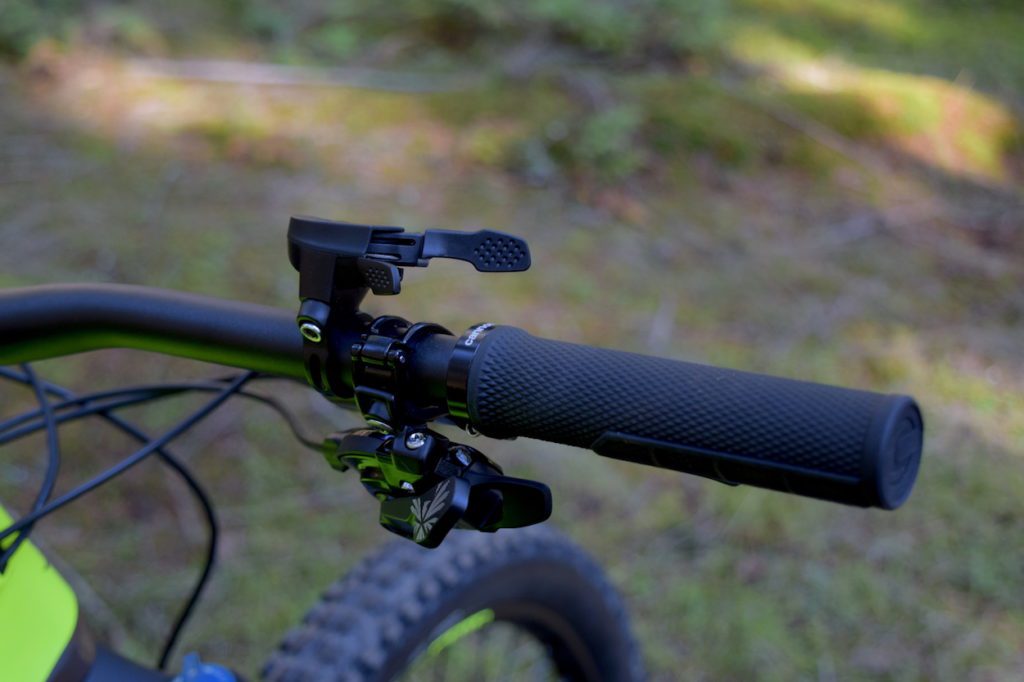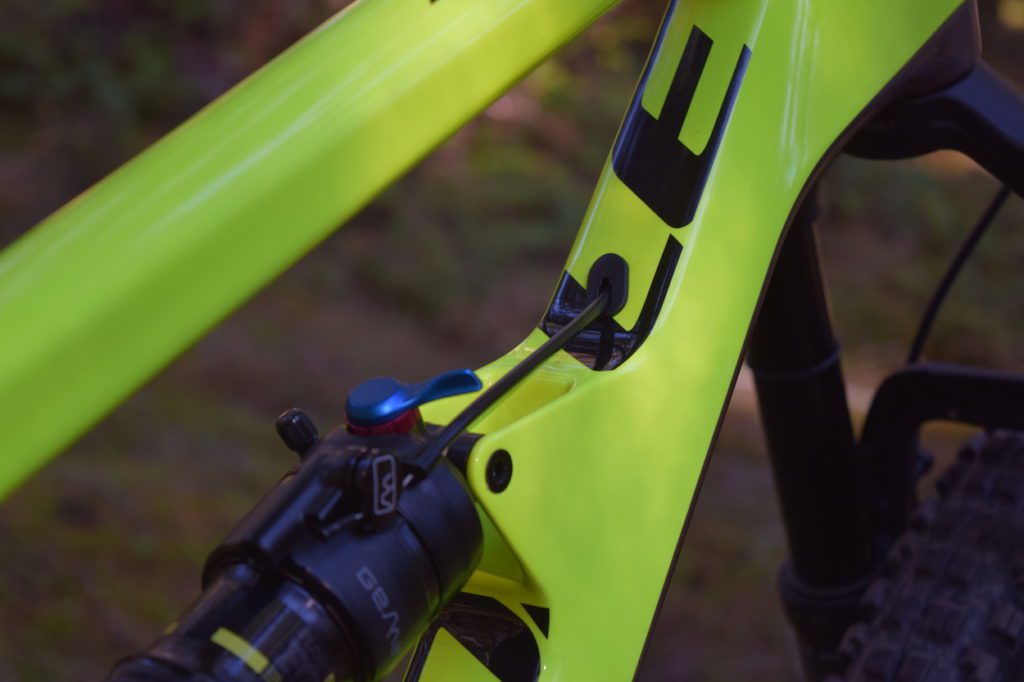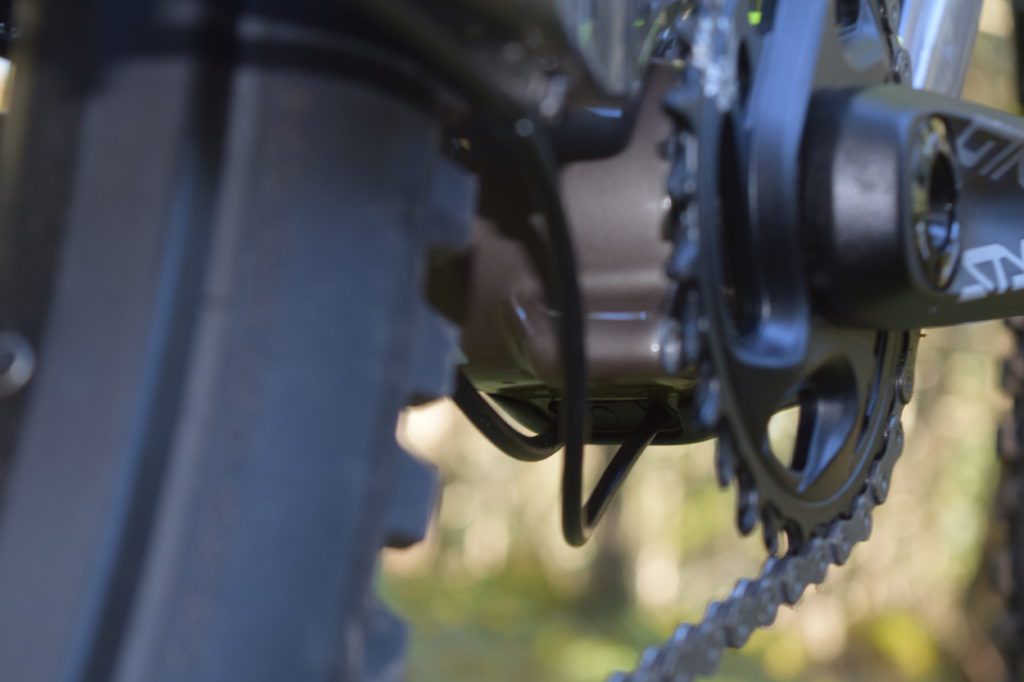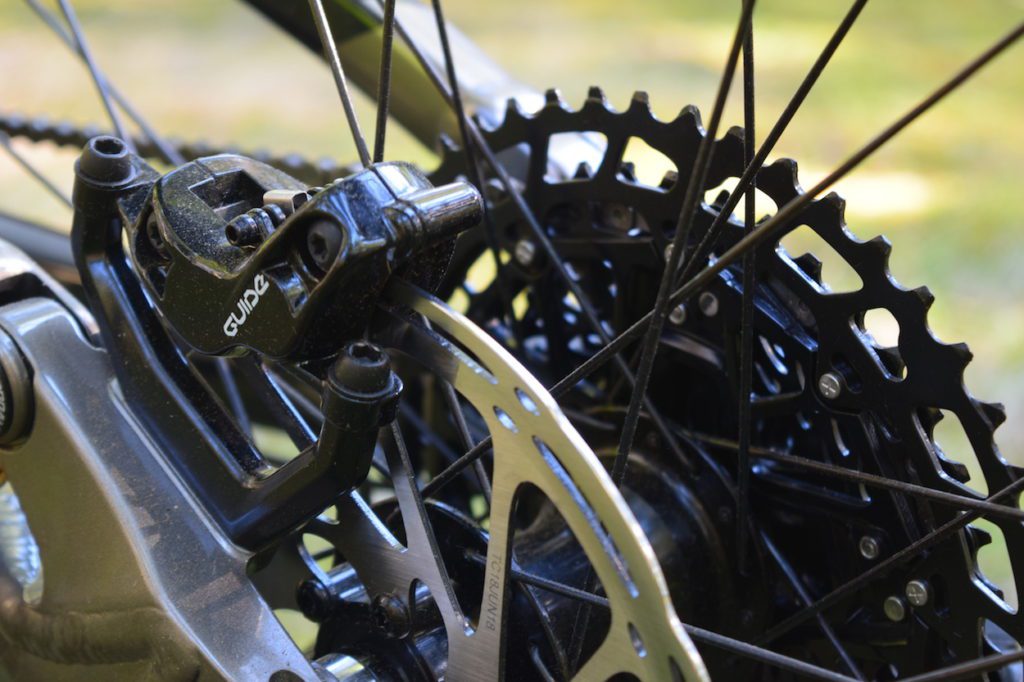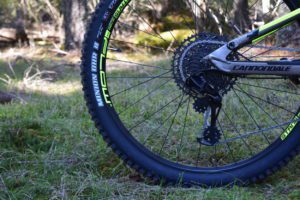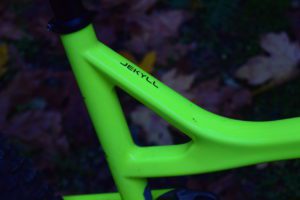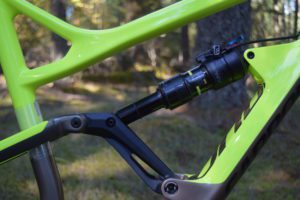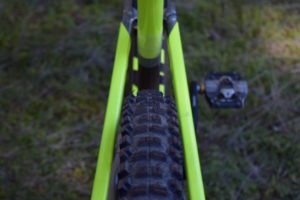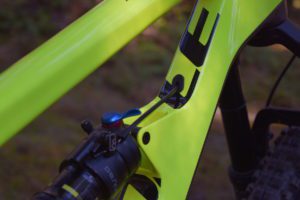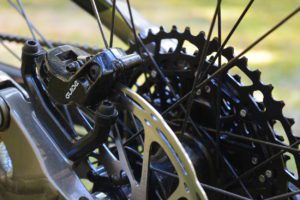First ride: 2019 Cannondale Jekyll 29 3
Enduro race bike gets big wheels for 2019, while keeping its lighter side
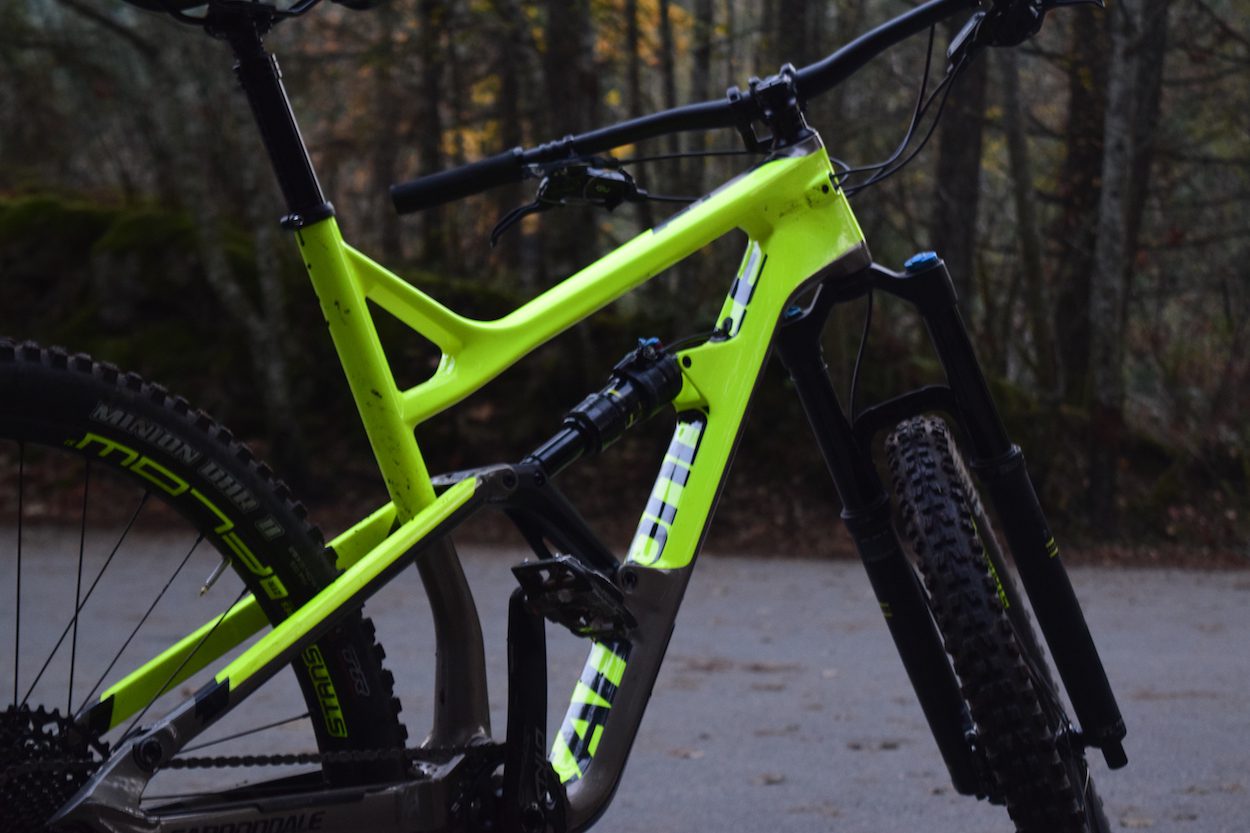
When Cannondale went through an extensive overhaul of its Jekyll line in 2017, the enduro race bike returned with 27.5″ wheels and a more conventional build. No Lefty fork, no more pull-shock. Mid-way through 2018’s Enduro season, the American brand unveiled a big-wheeled brother to the existing model: the Jekyll 29.
Gemini suspension – the Jekyll’s two faces
No Cannondale would be complete without some unique and innovative engineering, though. On the Jekyll, the Cannondale twist comes in the form of the on-the-fly adjustable Gemini rear suspension system. Developed in partnership with Fox, the Gemini rear shock changes the Jekyll 29 from 150mm rear travel to a more trail-oriented 120mm.
Cannondale stresses the Gemini isn’t just a more complicated climb switch. The shorter travel setting is supposed to give the otherwise race-focused bike a more lively, poppy feel. When you’re faced with less demanding, more flowing trails, hit the switch and the Jekyll 29 is ready to play. True to Robert Louis Stevenson’s iconic character, Cannondale promises a bike that is ready to go wild on demanding enduro trails but also has a lighter side.
2019 Jekyll 29 3 – Frame and build
In moving from 27.5″ to 29″ Cannondale drops the Jekyll’s travel from 165mm to a 150mm/120mm combo out back and 150mm up front. For those that miss the little wheels and extra 15mm of squish, the 27.5″ version remains in available, unchanged. The frame features a carbon fibre front end and suspension linkage paired with an aluminum swingarm, where the chainstays stretch out to 442mm to accommodate the big wheels, and add a bit of stability at speed.
With a 65-degree head tube angle and steeper 75-degree seat tube angle, Cannondale is keeping up with the slacker-steeper trend, without getting to extreme. There’s even room for a full sized water bottle in the frame (though, with Cannondale’s off-set rear end, it’s easier to access from the left side than the right), and mounts for a Shimano Di2 battery in the frame, if you want to go electric down the road.
The Jekyll 29 3, Cannondale’s most budget-friendly build, comes with a Fox Float Performance 36 fork. With 150mm travel and 42mm offest, and three position-adjustment, the Fox 36 is up to whatever you want to throw at it. Out back, a Fox Float Performance DPS EVOL with Gemini, offering remote-actuated change from 150mm “Flow” mode to 120mm “Hustle” mode.
The Jekyll 29 3 is propelled by 12-speed SRAM GX Eagle shifters and rear derailleur, NX Eagle cassette and Truvativ Stylo 6K crank. SRAM Guide R brakes stop Stan’s NoTubes Flow S1 rims laced to Formula hubs. Cannondale spec’s the Jekyll 29 3 with aggressive, enduro-ready Maxxis Minion DHF 2.5″ WT and DHR II 2.4″ WT rubber.
On the Trail: Tapping into two sides of the Jekyll 29
Cannondale bills the Jekyll as its enduro race bike, and it definitely seems up to that task. My first ride on the Jekyll ventured into the misty forests of Mount Tzouhalem in the Cowichan Valley. A mix of rocky, technical descending and high speed berm-fests seemed like a great setting to test the Jekyll 29’s two sides. Cruising through some low-angle trails, though, the second side of the Jekyll 29’s personality started to emerge.
Out the gate, the Jekyll is comfortable going fast and holding a line. Upsizing to 29″ wheels makes the bike carry speed, as you would expect. Substantial rubber from Maxxis adds to the confidence at speed. The 2.5″ DHF / 2.4″ DHR Wide Tire combo grabs traction through corners and across cambers.
On the ground, the Jekyll tracks well and maneuvers quickly to go where you want. In the air, the Jekyll seems more concerned with keeping forward momentum than moving around too much. The bike isn’t uncomfortable in the air, at all, but it’s more concerned with going fast than earning style points.
What about the Jekyll 29’s other personality? While the Gemini system has been referred to as a stand-in for a “climb switch,” the 120mm travel setting has more to offer than efficient climbing. Yes, it helps ease the bike uphill. But flick the switch on low-angle trails and the Jekyll pops out of corners and pumps through the trail. Once you get used to an added lever on the bars, this on-the-fly suspension change offers a more lively ride for days when you’re not racing the clock. I usually prefer simplicity over extra buttons. Still, I was surprised how much I took advantage of the Gemini switch right away. More time is needed to decide whether the added capability is worth the complication, but early going with the Gemini is promising.
My first impression of the Cannondale Jekyll 29 3 is a race ready bike, with an easily accessible lighter side. Two bikes in one is alot to ask though, and I’ll be putting more time on the Jekyll 29 to see if Cannondale can resolve the bikes two personalities into one complete bike.
Look for a full review of Cannondale’s Jekyll 29 3 in an upcoming issue of Canadian Cycling Magazine.




